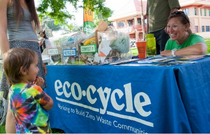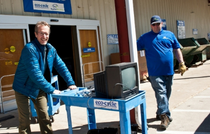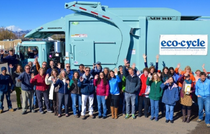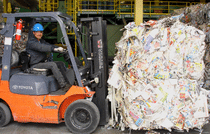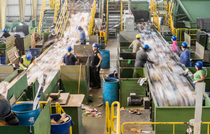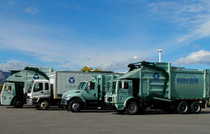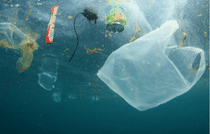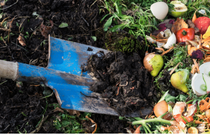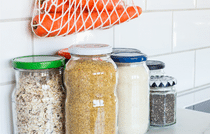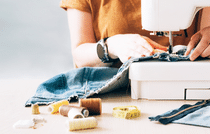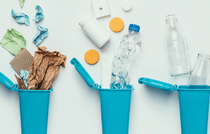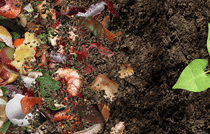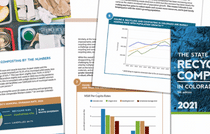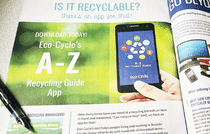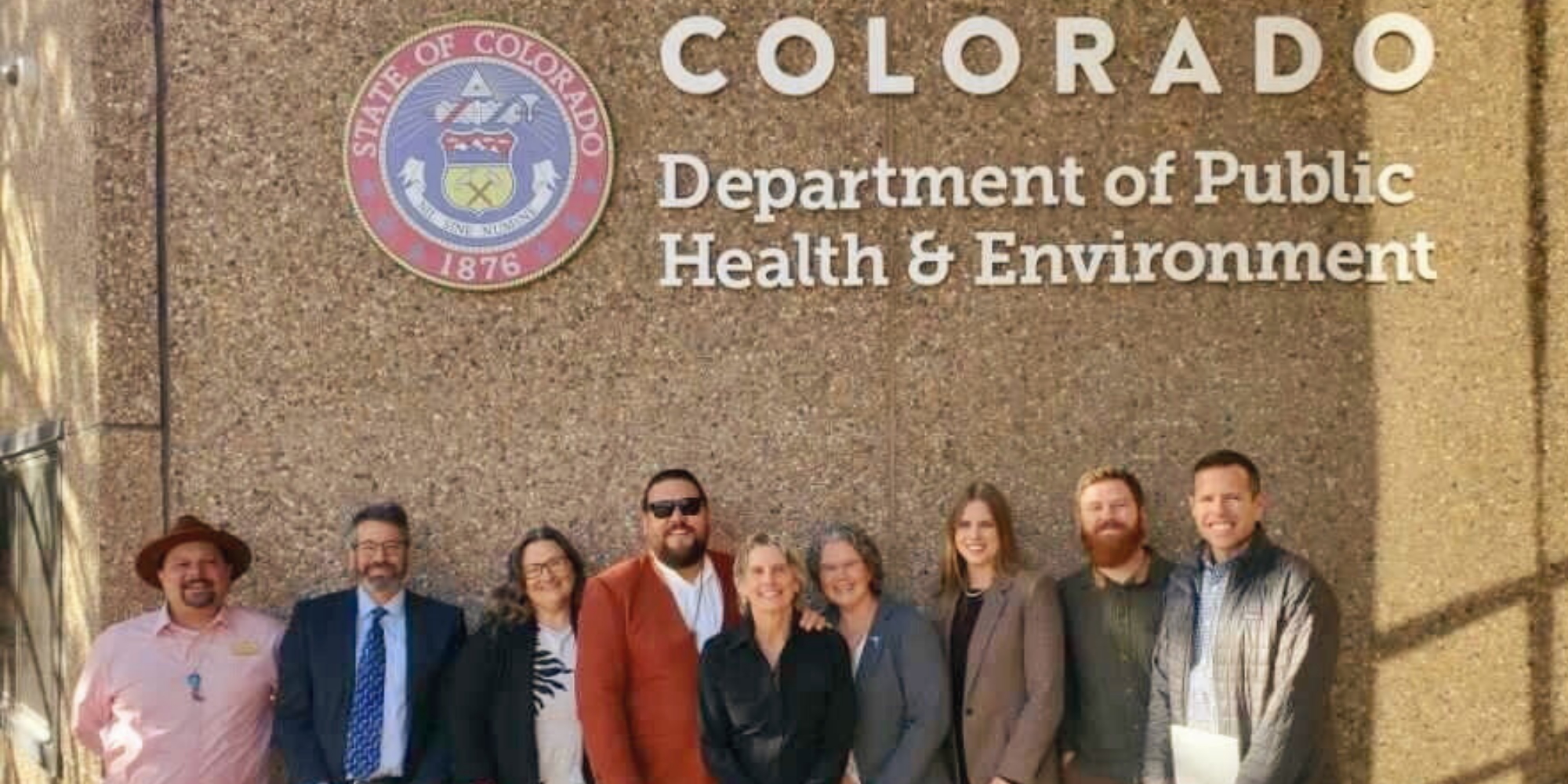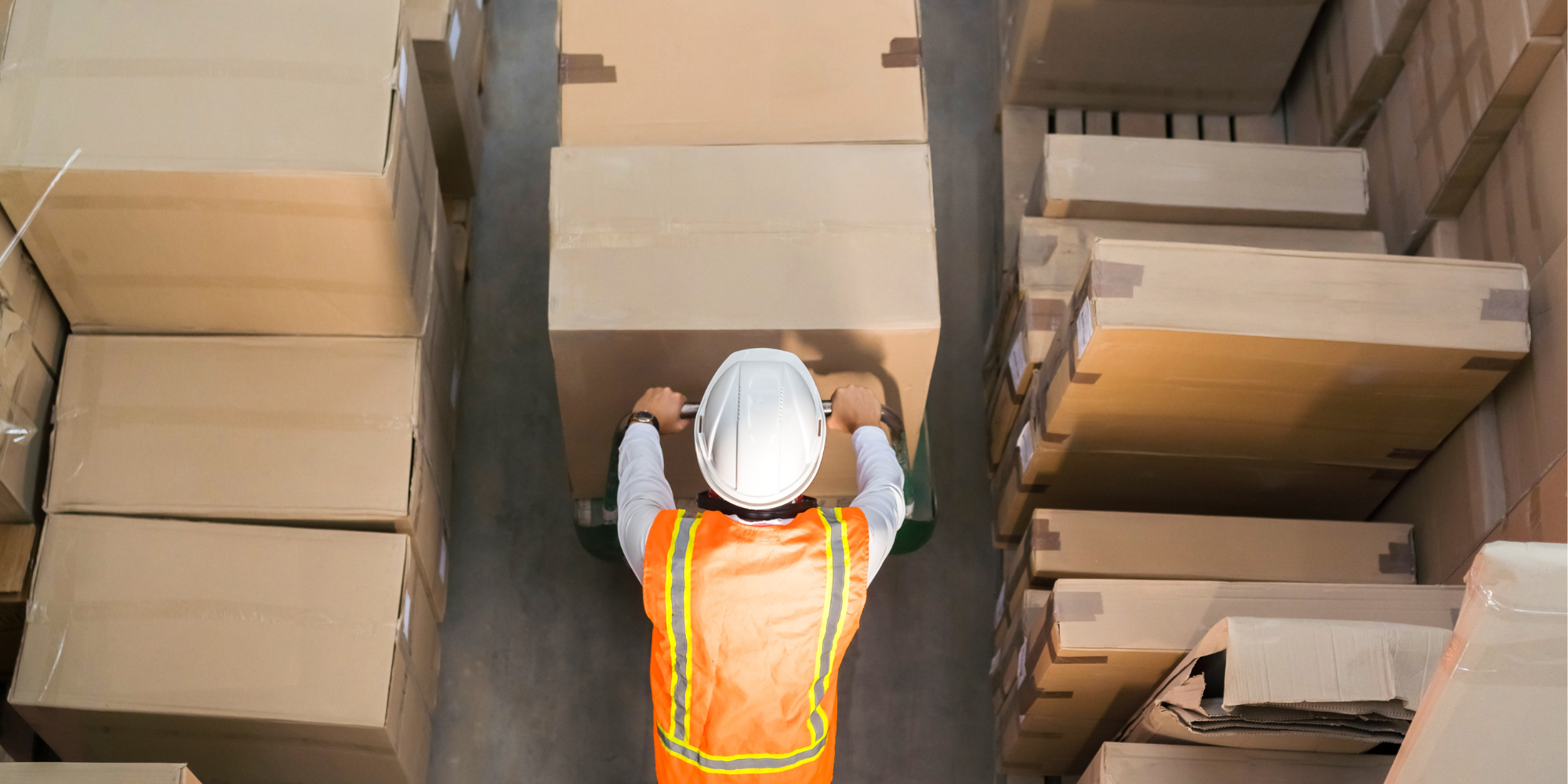Single-Use Plastics: A Catastrophe of Convenience
In today’s fast-paced world, single-use plastics don’t just surround us—they define our convenience-driven society. But the scale of the problem is staggering.
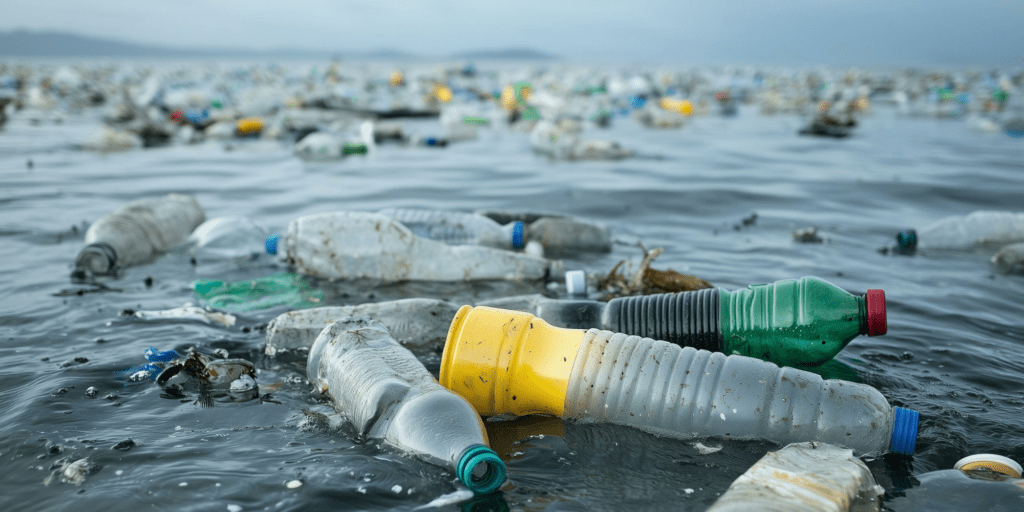
Global plastics production has skyrocketed from just 2 million tons in 1950 to over 430 million tons per year today. Of that total, approximately 36% is used for packaging alone—a category dominated by disposable, single-use items. These plastics are often used for just minutes, yet they make up a massive chunk of global plastics production.
From Reuse to Convenience: The Shift in Culture That Got Us Here
Before the 1950s, American households and businesses followed a model grounded in reuse. Milk was delivered in refillable glass bottles. Soda came in returnable containers. Families shopped with cloth bags, and tools and household goods were predominantly repaired—not quickly replaced. But this era soon gave way to a surge in plastics production, captured in a 1956 Life magazine article celebrating what it called “Throwaway Living” and the postwar rise of single-use products—from plastic plates and utensils to disposable diapers and packaging.
The petroleum industry, seeing opportunity in plastic as a byproduct of refining, began heavily investing in plastic manufacturing. Lloyd Stouffer, editor of Modern Plastics, Inc., addressed the 1963 National Plastics Conference in Chicago by writing, “You are filling the trash cans, the rubbish dumps and the incinerators with literally billions of plastics bottles, plastics jugs, plastics tubes [sic] . . . The happy day has arrived when nobody any longer considers the plastics package too good to throw away.”
This quote reveals how the plastics industry blatantly steered and celebrated a throw-away culture—praising the flood of single-use plastic waste filling our landfills and incinerators as a sign of progress, ignoring the lasting damage it would cause to our people and planet.
In 1950, 2 million tons of plastic was being produced globally. By 1963, it was 13 million tons. Today, it’s over 400 million tons.
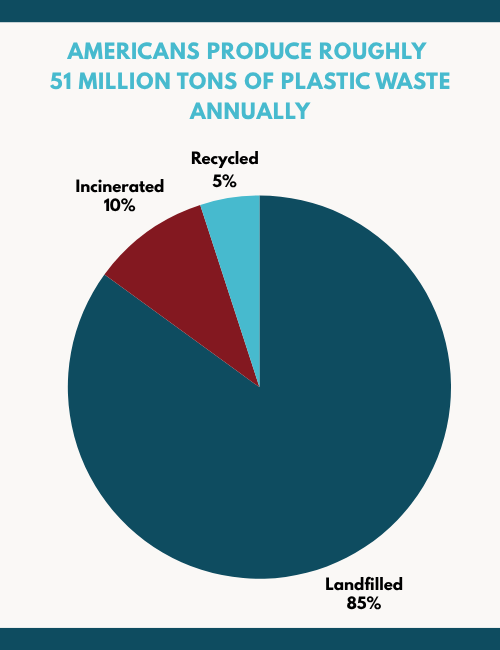
In the US, only 5% of plastics are recycled annually
Americans produce roughly 51 million tons of plastic waste annually. Only 5% of that plastic waste was recycled. About 10% of plastic waste was incinerated, leaving approximately 85% of plastic waste in the US sent to landfill—or worse, polluting the environment. Why are plastic recycling numbers so low? One reason is that access to recycling across the nation varies. But the more alarming reasons that plastics aren’t being recycled include:
- Plastics aren’t designed to be recycled. There are thousands of different types of plastics, and these varying materials can’t be recycled together, making the collection, sorting, and processing of plastics for recycling much more complicated and expensive.
- Plastics contain hazardous chemicals. The chemical additives used to produce plastic are harmful to human health, and recycling plastics can result in negative health impacts for workers and local communities.
- Plastics are not infinitely recyclable. Unlike glass or metal, plastics can’t be recycled indefinitely—a plastic bottle can’t be turned into another bottle over and over. At best, plastics may be downcycled into lower-grade products that eventually end up in landfills.
- The plastics industry doesn’t buy back its own product. Unlike metal, glass, and paper manufacturers, plastics producers rarely buy back and use recycled plastic in their products. Why? Because virgin plastic is consistently cheaper to produce, thanks to government subsidies that artificially lower the cost of fossil fuels. This creates a significant price gap that makes recycled plastics less competitive.
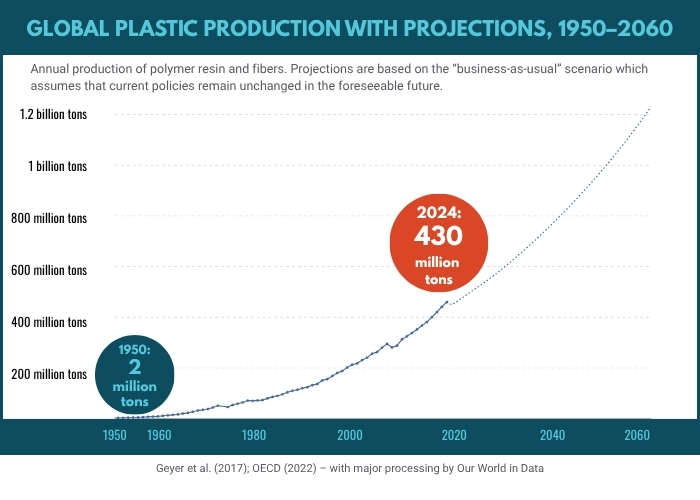
Ditching Single-Use Plastics
Rejecting a culture built on convenience and waste doesn’t mean giving up ease—start with a few tips that fit your life—and watch how one change leads to another!
- Bring your own reusable water bottle and/or coffee cup: Skip bottled water and disposable café cups—sip from your favorite bottle or tumbler. Many places will even offer a small discount for bringing your own.
- Say “no” to plastic cutlery. The life cycle of a simple plastic disposable fork shows the true cost of disposable plastics. Pack your own Zero Waste Kit made from a reusable fork, spoon, and napkin, and you’ll never have to throw away a plastic fork again!
- Pack a reusable bag. Whether carrying groceries or holding takeout, a lightweight reusable bag beats single-use plastic bags every time.
- Carry your own snack containers. Prepackaged snacks often come in non-recyclable plastic pouches; use small reusable containers or beeswax wraps to stash granola, fruit, or trail mix.
Build your own Zero Waste Kit—here’s what you’ll need.
Systemic Shifts: Holding Producers Accountable
While individual actions matter, real change requires shifting responsibility to the companies that design and profit from plastic packaging in the first place. That’s where Producer Responsibility laws come in, which shift the financial responsibility for recycling, disposal, or other end-of-life management of items from local governments and consumers to the companies that manufacture and sell the products. Producer Responsibility laws have passed in eight states thus far: California, Colorado, Maine, Oregon, Minnesota, Washington, Maryland, and New Jersey.
In 2022, Colorado became the third state in the nation to pass a Producer Responsibility Program for Recycling—House Bill 22-1355—one of the most ambitious Producer Responsibility laws in the nation. This law requires companies that sell packaged goods in the state to fund recycling programs, making recycling free and accessible for all Coloradans. Importantly, it incentivizes smarter, more sustainable packaging design by charging higher fees to producers that use non-recyclable or hard-to-recycle packaging, such as multilayer plastic film, black plastic trays, or materials without an end market. That includes many forms of single-use plastic.
On the flip side, companies using recyclable or reusable packaging will pay less. Over time, this system creates a financial reward for more sustainable design. It also ensures that the costs of waste aren’t unfairly borne by taxpayers and local governments, and instead are paid for by the producers creating the waste in the first place.
Looking Head: Curbing the Tide of Plastic
It’s easy to feel powerless in the face of global plastic pollution, but individual choices matter and build momentum toward larger systemic change. Colorado’s Producer Responsibility Program is a model for how policy can rein in plastic pollution at the source, not just at the recycling bin. By pairing personal action with systemic reform, we can reduce plastic production—not just clean it up after the fact.
